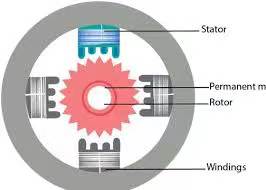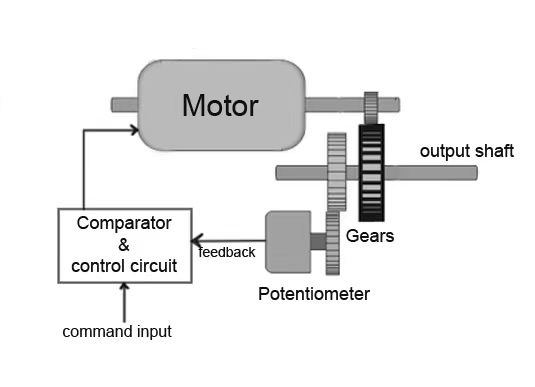The difference between stepper motor and servo motor
We alway use servo motor to fill the powder
Stepper motors and servo motors are both types of electric motors used for motion control, but they have some key differences in their construction, operation, and performance characteristics.
A stepper motor moves in precise, fixed steps based on digital signals sent to it. It can be controlled easily and precisely, making it ideal for applications that require accurate positioning such as printers, scanners, and CNC machines. Stepper motors also have high holding torque, which allows them to maintain their position even when not powered. However, they may lose synchronization at high speeds and suffer from resonance problems, leading to decreased performance and accuracy.
A servo motor, on the other hand, uses feedback control to maintain precise speed and position. It consists of a DC motor, encoder, and controller that work together to provide accurate movement. Servo motors offer smoother motion than stepper motors and can handle higher loads, making them ideal for industrial automation, robotics, and CNC machining applications. They also provide better performance at high speeds and have more advanced control capabilities. However, they are generally more expensive than stepper motors and require additional components for feedback control.
In summary, stepper motors are simpler and less expensive but may have limitations in terms of speed and accuracy. Servo motors offer higher precision, better performance, and more advanced control but come with a higher cost. The choice between the two depends on the specific application requirements, including the level of precision needed, the size and weight of the load being moved, and the available budget.
We fully use more precise servo motors to ensure that our filling machinery can bring stable accuracy to customers, and to some extent, reduce production costs for users.


